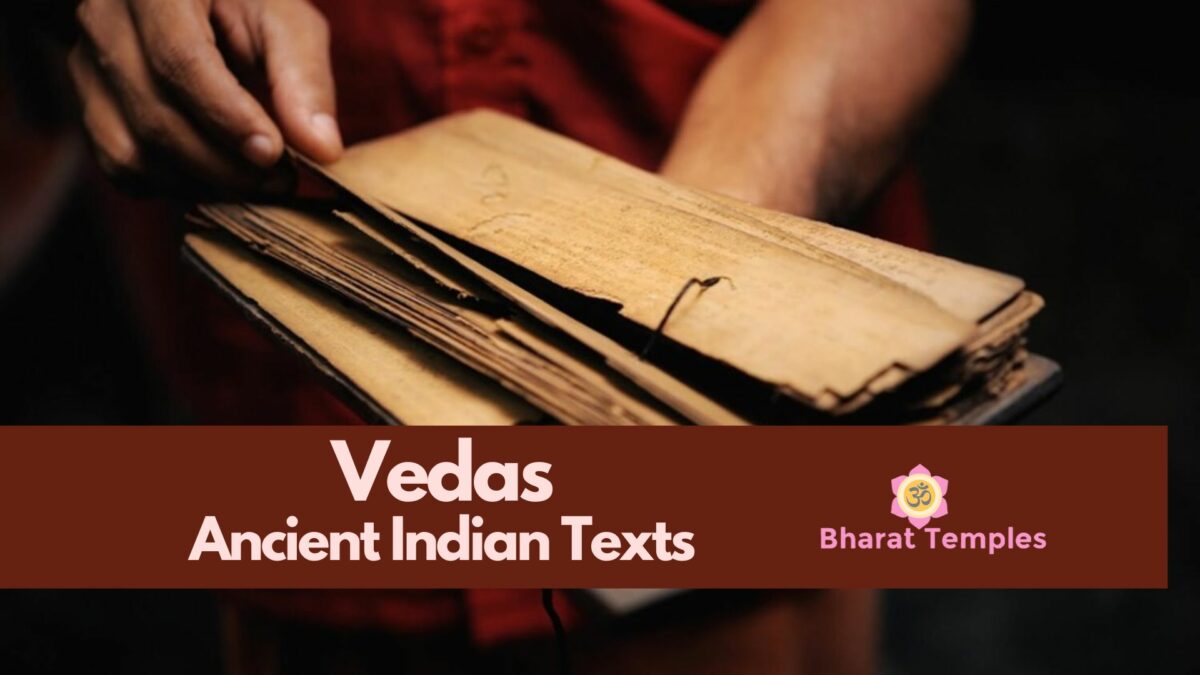The Vedas are a collection of ancient Indian texts that are considered to be the foundation of Hinduism and the oldest sacred texts in the world. They were likely composed between 1500 and 1000 BCE and were passed down orally for centuries before they were finally written down. The Vedas consist of four texts: the Rigveda, the Samaveda, the Yajurveda, and the Atharvaveda. They contain hymns, prayers, and ritual instructions that were used by the ancient priests, or Brahmins, in their religious ceremonies. In this book, we will explore the history, culture, and philosophy of the Vedas, and how they have influenced the development of Indian religion and thought. We will also look at the concepts of Brahman, the role of gods and goddesses, the Upanishads, the Vedic rituals, the view of creation and the cosmos, the concept of karma and reincarnation, and the path to liberation. This book is intended for those who are new to the study of the Vedas and want to gain a deeper understanding of these ancient texts and their significance in the history of human thought.
The Vedas are a collection of ancient Indian texts that are considered to be the foundation of Hinduism and the oldest sacred texts in the world. They were likely composed between 1500 and 1000 BCE and were passed down orally for centuries before they were finally written down. The Vedas consist of four texts: the Rigveda, the Samaveda, the Yajurveda, and the Atharvaveda. Each Veda has a different focus and style.
The Rigveda is the oldest and most important of the Vedas. It contains hymns, prayers, and songs that were used in religious rituals. The hymns are addressed to various gods and goddesses and describe their attributes and actions. The prayers and songs are used to invoke the gods and ask for their blessings and protection.
The Samaveda is a collection of hymns from the Rigveda that were used in the Soma sacrifices. The Soma sacrifices were an important part of Vedic religion, and the hymns of the Samaveda were used to praise the Soma plant and ask for its blessings.
The Yajurveda contains rituals and instructions for performing sacrifices. It is divided into two parts: the Black Yajurveda and the White Yajurveda. The Black Yajurveda contains the actual ritual formulas, while the White Yajurveda contains a comment
The Atharvaveda is a collection of spells, charms, and incantations that were used for healing and protection.
The Vedas were passed down orally for centuries before they were eventually written down. They were recited by priests, and the knowledge of the texts was passed down through generations. The texts were not widely available to the general public, and only certain members of society, such as priests and scholars, were able to study them.
Despite this, the Vedas have had a profound impact on Indian culture and religion. They have influenced the beliefs, rituals, and practices of Hinduism, and their teachings continue

